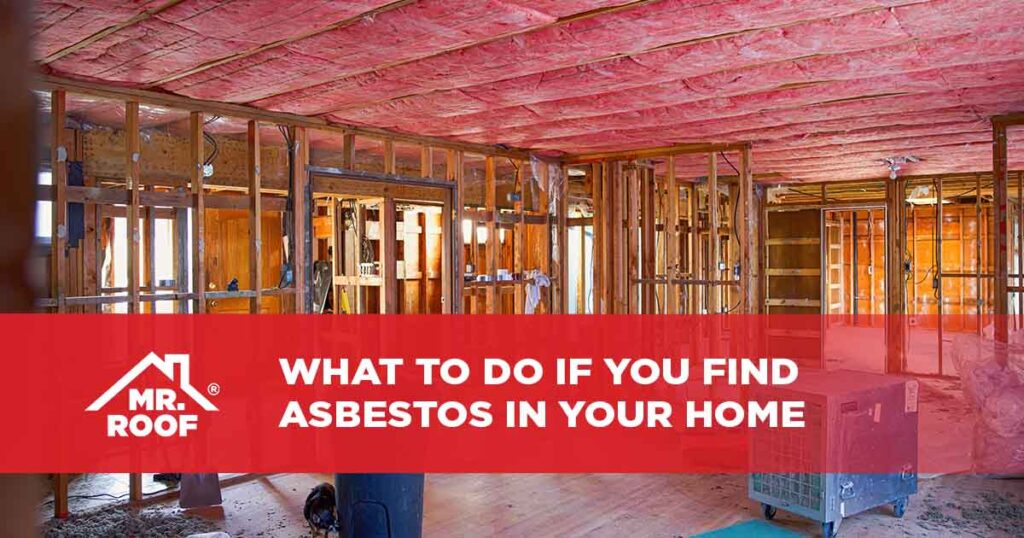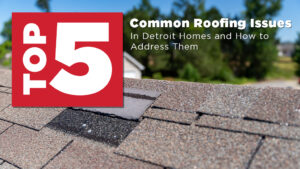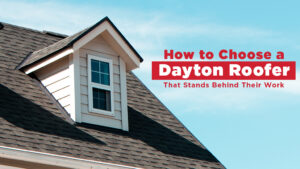Asbestos-containing materials were once widely used due to their durability and fire-resistant properties. However, we now know that asbestos poses serious health risks, and it is important to understand how to identify and handle asbestos in your roof. In this comprehensive guide, we will explore the dangers of asbestos and the steps to take if you find it in your home.
What is asbestos and why is it dangerous?
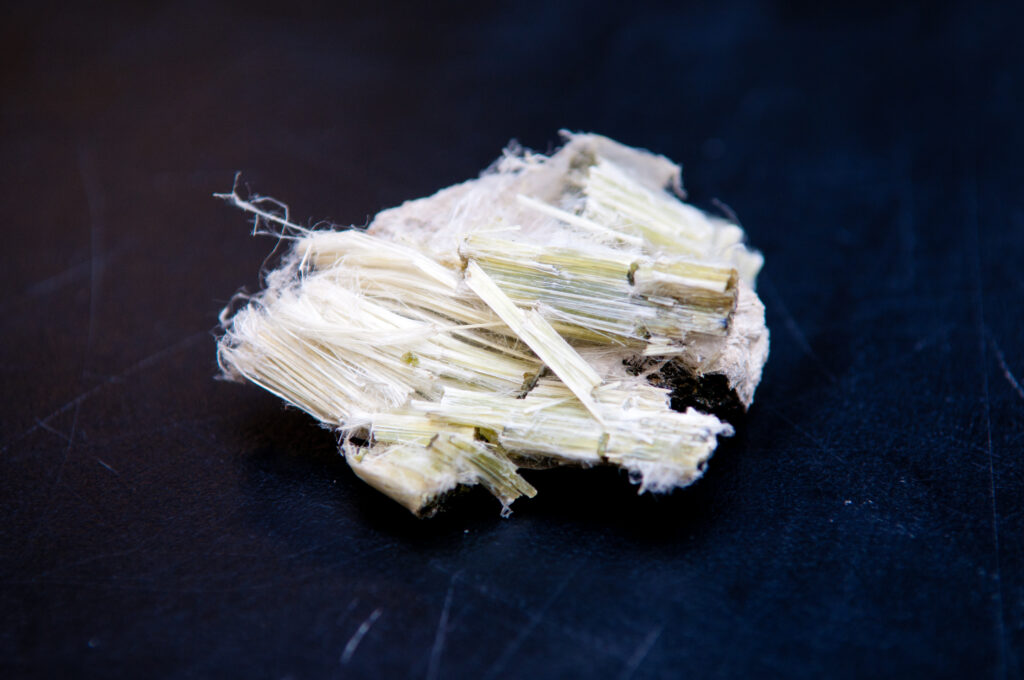
Asbestos is a naturally occurring mineral that was once widely used in construction materials due to its strength, heat resistance, and insulating properties. However, prolonged exposure to asbestos fibers can lead to serious health conditions, including mesothelioma, lung cancer, and asbestosis. When asbestos-containing materials, such as roofing, deteriorate or are disturbed, microscopic asbestos fibers can become airborne and be inhaled.
Identifying asbestos-containing roofing materials
Identifying asbestos can be challenging, as it is often difficult to determine if a material contains asbestos just by looking at it. However, there are certain indicators that can help you identify potential asbestos-containing roofing materials.
Visual inspection
One way to identify asbestos-containing roofing materials is through a visual inspection. Look for signs of wear or damage, such as tears, abrasions, or water damage. Damaged asbestos roofing may release asbestos fibers, so it is crucial to take precautions when handling or disturbing these materials.
Age of the roof
If your home was built before the 1980s, there is a higher likelihood that the roofing materials contain asbestos. During this time, asbestos was commonly used in roofing products due to its fire-resistant properties.
Professional inspection
If you are unsure whether your roof contains asbestos, it is recommended to hire a trained and accredited asbestos professional. These professionals have the expertise and tools to safely collect samples for analysis and provide accurate identification of asbestos-containing materials.
Health risks associated with asbestos-containing roofing materials
Exposure to asbestos fibers from roofing materials can have severe health consequences. When asbestos fibers are inhaled, they can become lodged in the lungs and other organs, leading to the development of asbestos-related diseases. These diseases, such as mesothelioma and lung cancer, often have long latency periods, with symptoms appearing years or even decades after exposure.
Steps to take if you suspect asbestos in your roof
If you suspect that your roof contains asbestos, it is vital to take the necessary steps to protect yourself and your family. Here are some recommended actions to follow.
Do not disturb the material
If you suspect that your roof contains asbestos, it is crucial not to disturb the material. Avoid any activities that could release asbestos fibers into the air, such as drilling, cutting, or sanding.
Consult with an asbestos professional
Contact a trained and accredited asbestos professional for a thorough inspection and sampling of the roofing material. These professionals can assess the risk and provide recommendations for further action based on the test results.
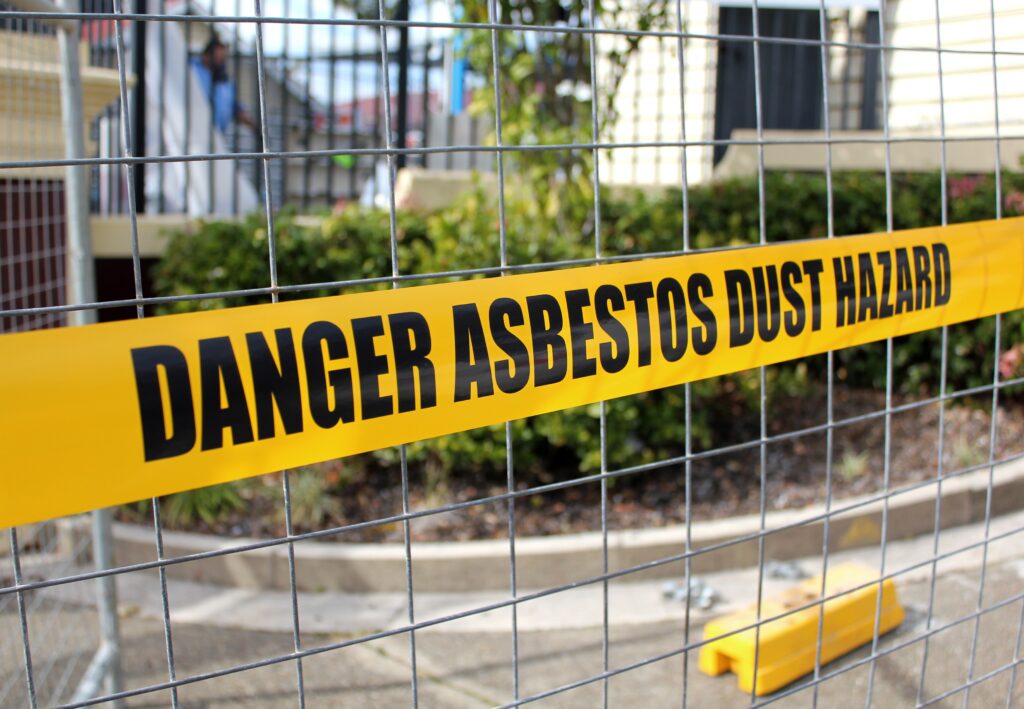
Limit access to the area
If asbestos-containing roofing materials are identified, it is important to limit access to the area to prevent further disturbance. Restricting access will help minimize the risk of fiber release and potential exposure.
Consider temporary protective measures
If immediate removal or repair is not feasible, temporary protective measures can be implemented to minimize the potential for fiber release. These measures may include encapsulation or enclosure of the asbestos-containing material to prevent further deterioration.
Asbestos removal and disposal
Asbestos removal should only be performed by trained and accredited professionals. The removal process involves several steps to ensure the safe and proper disposal of asbestos-containing materials. Here is an overview of the asbestos removal and disposal process.
Site preparation
Before starting the removal process, the work area must be properly prepared. This includes sealing off the area and installing barriers to prevent the spread of asbestos fibers to other parts of the building.
Removal techniques
There are different techniques for asbestos removal, depending on the type and condition of the roofing material. These techniques may include wet removal, dry removal, or the use of specialized equipment to safely extract and contain the asbestos fibers.
Proper disposal
Asbestos waste must be disposed of in accordance with local regulations and guidelines. The waste should be securely packaged, labeled, and transported to a licensed asbestos disposal facility for proper disposal.
Preventing future asbestos contamination
To prevent future asbestos contamination, it is important to be proactive and take preventive measures. Here are some steps you can take to minimize the risk of asbestos exposure.
Regular roof maintenance
Regularly inspect and maintain your roof to identify any signs of damage or deterioration. Promptly address any issues to prevent further damage and potential asbestos fiber release.
Avoid DIY disturbance
Unless you are a trained professional, avoid DIY activities that may disturb asbestos-containing materials. Leave any repairs or renovations involving asbestos to qualified experts to ensure proper handling and adherence to safety protocols.
Educate yourself and others
Stay informed about asbestos risks and educate yourself and others about the dangers of asbestos exposure. Share this knowledge with family members, neighbors, and friends to promote awareness and encourage safe practices.
Legal and regulatory considerations
It is crucial to be aware of the legal and regulatory considerations surrounding asbestos roofing. Laws and regulations may vary depending on your location, so it is essential to consult with local authorities and experts to ensure compliance. Here are some key considerations to keep in mind.
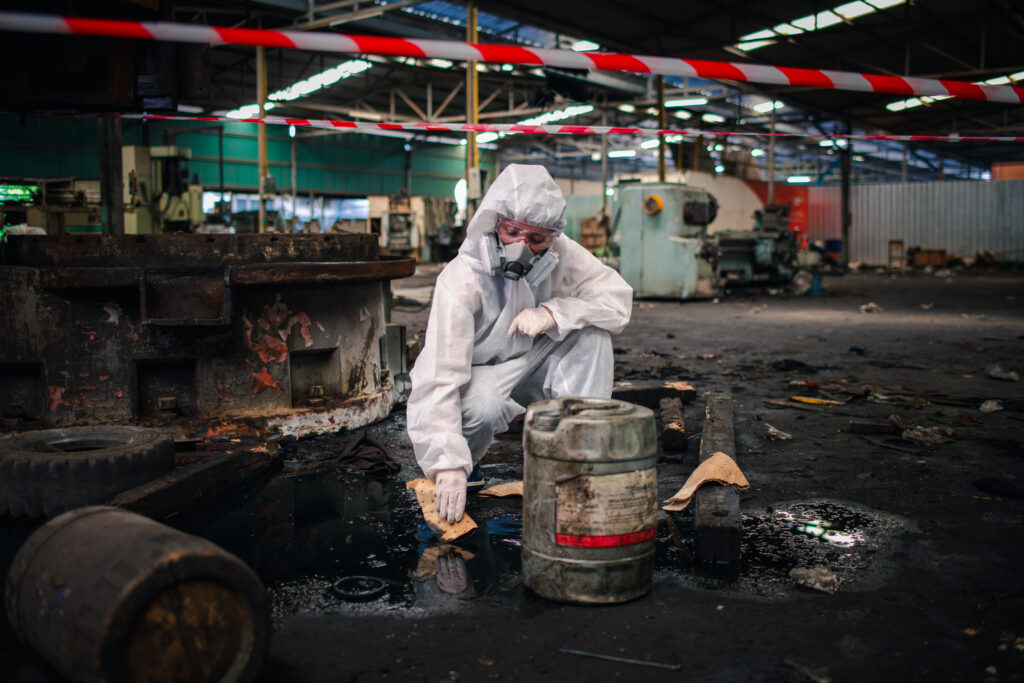
Asbestos testing and reporting
In some jurisdictions, asbestos testing and reporting may be required before undertaking any renovations or repairs that could disturb asbestos-containing materials. Familiarize yourself with the specific requirements in your area to avoid potential legal issues.
Licensing and certification
Ensure that any professionals you hire for asbestos-related work hold the necessary licenses and certifications required by local or national authorities. Hiring accredited professionals will help ensure that the work is carried out safely and in compliance with regulations.
Proper disposal of asbestos waste
Follow all regulations and guidelines for the proper disposal of asbestos waste. Improper disposal can lead to environmental contamination and legal consequences. Consult with local authorities or waste management facilities for guidance on proper disposal methods.
Conclusion
Dealing with asbestos-containing roofing materials requires careful consideration and adherence to safety protocols. Identifying and handling asbestos should only be done by trained professionals to minimize the risk of exposure. Remember to prioritize regular maintenance, inspections, and preventive measures to ensure the ongoing safety of your home. By following the guidelines and recommendations outlined in this guide, you can protect yourself, your family, and the environment from the dangers of asbestos roofing.



